At the end of the 19th century and the beginning of the 20th century, many shipping lines that transported mail and some passengers transformed their ships into luxury . It was no longer just the flow of immigrants to America. It was a transportation business by sea. And luxury in many cases. This is a brief history of the passengers who crossed the Atlantic oceans on ships. And of the graphic advertisements of that time
In 1818, the Black Ball Line shipping company offered the first regular passenger service from the United Kingdom to the United States with a fleet of sailing ships, offering comfort services to passengers. A few years later numerous companies followed their example offering their services around the world.
In 1840, the ship of the British shipping company Cunard Line, the RMS Britannia began its first regular passenger and cargo service performed by a steamship, sailing from Liverpool to Boston. But sailboats still maintained a dominant position in passenger traffic
In 1845, the SS Great Britain became the first propeller-driven iron-hulled ship to cross the Atlantic Ocean.

In the British market, the Cunard Line and the White Star Line maintain a fierce competition from the purchase of the latter company by Thomas Ismay in the late 1860s. The competition is focused on shortening the time between the United Kingdom and New York
In 1899, the White Star Line introduced a new type of boat with the name of RMS Oceanic. The construction of the RMS Oceanic marked a point of inflection from which the White Star stopped competing in speed to offer more comfort and luxury to its passengers.
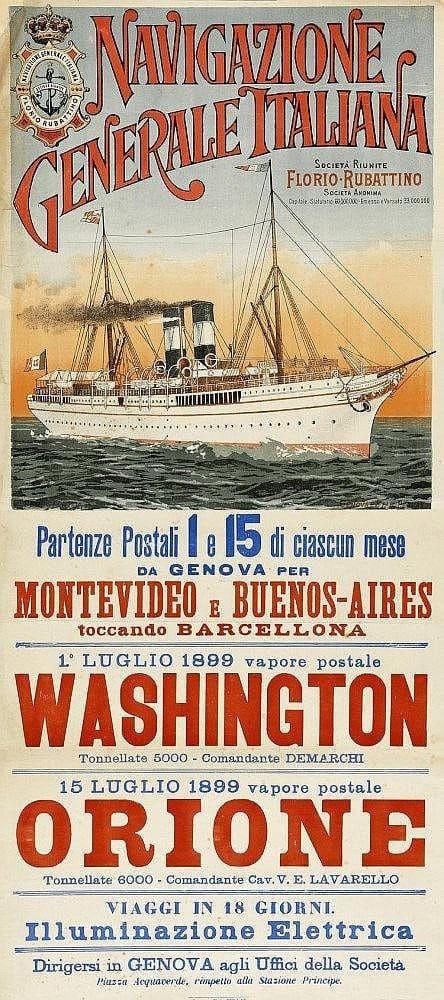
In 1897 there was an event in the History of Vessels Travel Ads. Germany appeared in the shipping market of the atlantico with the SS Kaiser Wilhelm der Grosse of Norddeutscher Lloyd. A few years later three more twin ships, belonging to the Kaiser class, were added. This ship was the first to own four. The ship would only have needed two for the operation of its boilers, but a larger number of chimneys gave passengers a greater sense of security and was used as a marketing argument
In 1900, the shipping company HAPAG launched the SS Deutschland, also equipped with four chimneys and built to develop high speed. but this increase in speed caused vibrations in the structure of the ship, so it lost market given the discomfort of traveling in those conditions
In 1902, Cunard built two new ocean liners, the RMS Lusitania and the RMS Mauretania, designed to reach a cruising speed of close to 24 knots.
In 1911, the White Star Line launched the RMS Olympic the first of three vessels of 45,000 gross tons, (Olympic class). The other two vessels were to the RMS Titanic and the HMHS Britannic.
In 1912, the RMS Titanic sank after colliding with an iceberg, leaving a balance of more than 1,500 people dead. The HMHS Britannic sank November 21 while crossing the Kea channel (Aegean Sea), in the Greek archipelago by an explosion caused by a mine. In this shipwreck 29 people died.
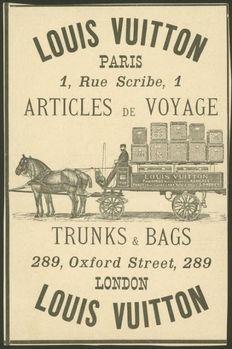
Before starting WWI, the shipping line Hamburg America Line ordered the construction of three large giant ships, the SS Imperator, SS Vaterland and SS Bismarck, all with more than 51,500 gross tons. The Imperator was launched in 1912, and the Bismarck (later renamed the RMS Majestic) would be the largest ship in the world until 1935.

These ships were not in service with the Hamburg America Line before the First World War. After the war, they were handed over as war reparations after the German defeat, and awarded to the British and American shipping companies. The Vaterland was the SS Leviathan of the United States Lines; the Imperator became the RMS Berengaria and the Bismarck became the RMS Majestic. Respectively of the Cunard and the White Star Line
The outbreak of the First World War interrupted the transatlantic commercial trips by the activity of German submarines. In 1915, the RMS Lusitania, in service as a civilian passenger ship, was attacked and torpedoed by a German U-boat. It was sunk in the coast of Ireland with a loss of life of 1,200 passengers and crew.
History of Vessels travel Ads: Large ocean liners, such as the RMS Mauretania and the RMS Olympic, were required for the transport of troops and hospital ships, while smaller ships became armed merchant cruisers. The HMHS Britannic, entered into service in the war as a hospital ship as soon as it was completed, a task he performed for a year before being sunk by a mine in the Aegean Sea.
After the WWI ended, bigger and faster ships continued to be built. In 1929, the German ships SS Bremen and SS Europe exceeded the speed record set by the Mauretania twenty years earlier. Her average speed of almost 28 knots. The ships used new hydrodynamic designs at the bow and new steam turbines to reach these speeds .
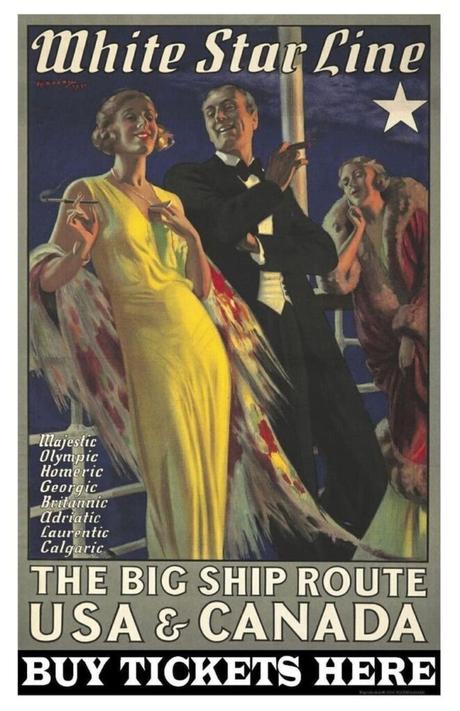
In 1933, the Italian transatlantic SS Rex of 51,300 tons, with a crossing time of four days and thirteen hours, broke the record of the Atlantic crossing. In 1935, the French liner SS Normandie used a new and revolutionary helmet design and a powerful turbo-electric transmission to beat the record again.
Due to the crisis of 1929 the British government merged the Cunard Line and the White Star Line. The new company called Cunard White Star Line, built the RMS Queen Mary and the RMS Queen Elizabeth. Two of the most luxurious ships of that time

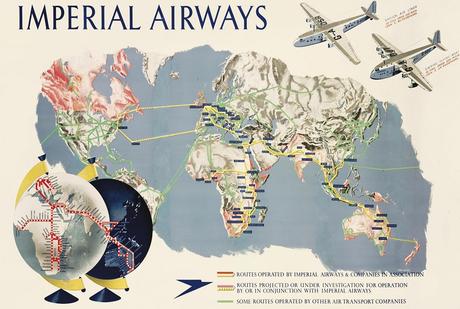
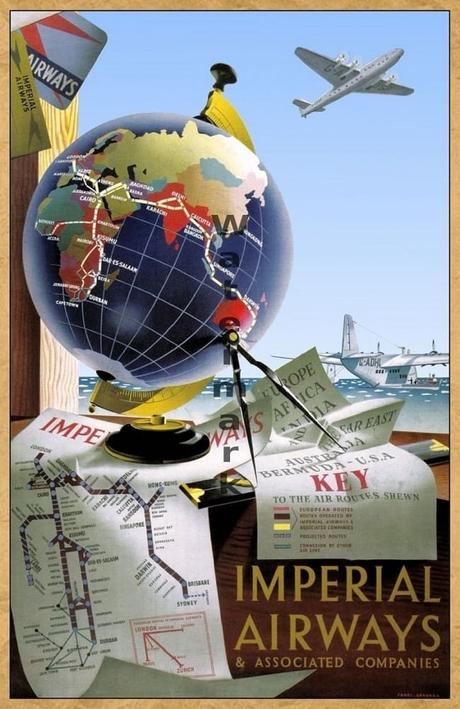
.
Maybe you're interested too
-----------

